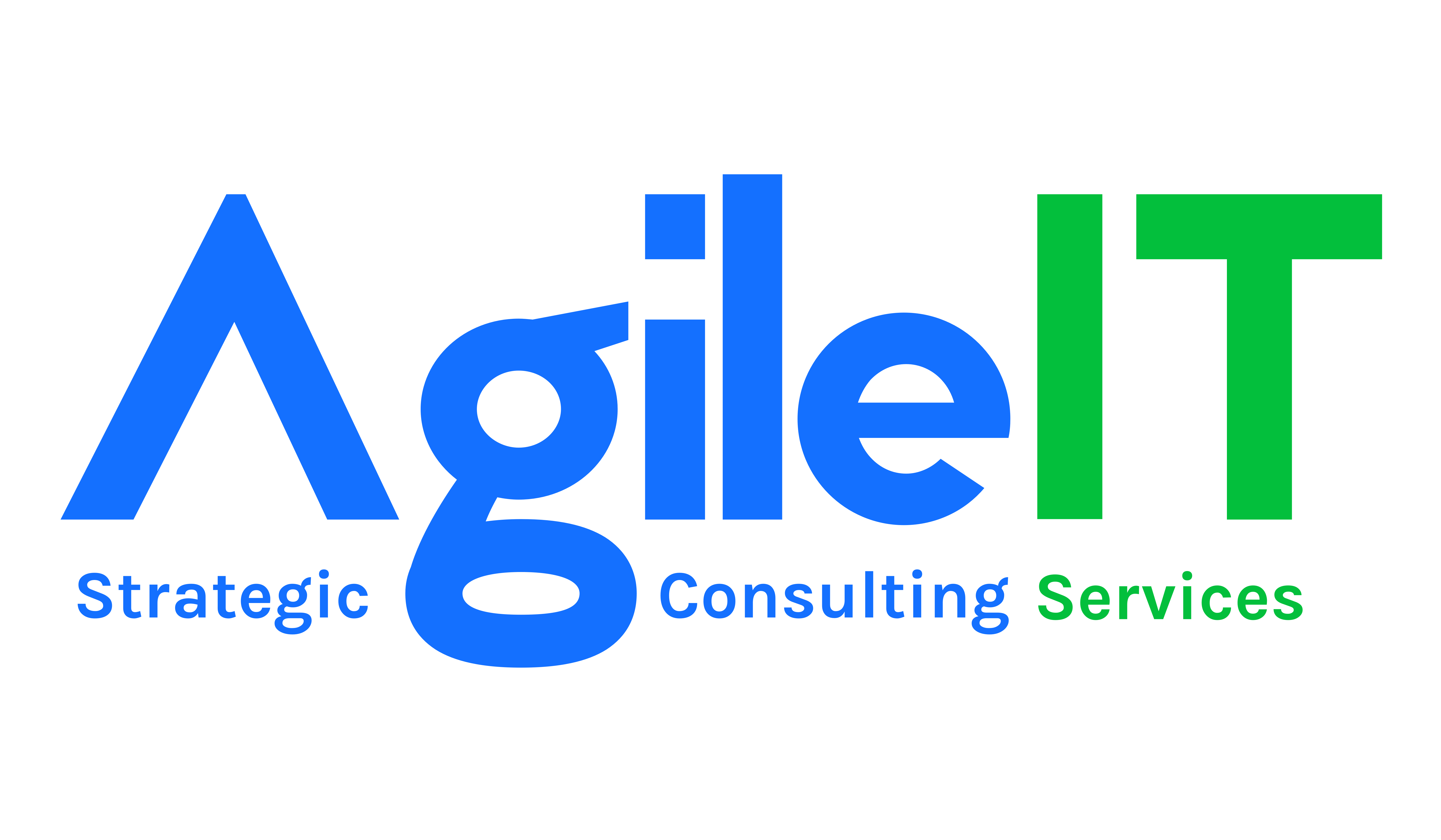CxO Paralysis
Whether you’ve been with your organisation for years or you have just joined, chances are you’re met with the very same condition that many of our client’s face. We call it “CxO Paralysis” and it comes in many forms. From hands being tied behind your back to being crippled from the waist down. No matter the form you have contracted, it’s a debilitating problem that seemingly has gone without a cure, until now.
Symptoms Include (But are not limited to):
- Unacceptable IT service downtime.
- Poor IT service response time.
- Immature or ineffective IT governance & control.
- Expensive operating costs.
- Dated or unsupported Infrastructure.
- Legacy application debt.
- High risk posture.
- Unacceptable security.
- Little or no IT resilience.
If any of the above looks vaguely familiar, fear not, we are of the opinion that this has been the “real-life” standard across many organisations globally for years. The harsh reality is that whilst our companies create this facade that they are running a slick IT shop, very few companies worldwide have managed to attain this and if they have, they are struggling to maintain it.

So why should this be the case? Technology has been evolving at such a rate that only the truly adept of leaders have managed to keep up. This is no wonder if you look at the trend where most executive technical leadership typically have 3-5 year contracts. During this short period, they are employed to deliver on very specific needs that the organisation may have at that specific time. Chances are by the time the executive has managed to get to grips with the organisation and forged a plan to address the original requirement, the needs of the organisation have changed and as such a new plan is required.
All the while existing platforms are ageing, operational issues are causing loss of revenue, funding is seemingly squandered but most importantly, the breakdown or further deterioration of trust between the business and IT occurs. Another observation is that many organisations are turning to emerging technologies such as Cloud or Digitalisation to solve some their operational challenges in an attempt to keep up with business demands or even to just simplify the chaos. Ultimately, they have just not realised the value that they had intended to.
IT executives are becoming overwhelmingly fatigued by the constant turbulence. This coupled with massive cost pressure from the business leads to leaders that are unsure where to turn to next, through no fault of their own they are paralysed by circumstance and crippled by environmental factors.
We believe unequivocally that the root of all this evil is as simple as an unstable foundation. We may live in an age of technology but if we look at the terminology we use, we ‘architect’ technology, we ‘design’ solutions and we ‘build’ platforms. Would it not make sense then to think of this like a construction problem? We could draw a comparison between Technology Environments and a simple brick wall. Both have a foundation on which we build and as the business evolves new bricks get added to meet growing demands.
So, what do we do if we get a crack in the wall? Most of the time, cracks are merely filled with some filler and painted over. Unfortunately, the undeniable cause for the crack is an irregularity in the foundation that should be addressed or it will continually return.
One could argue that time pressure will not allow a step so drastic as breaking down the entire wall to rebuild the foundation. However, a paralleled course of understanding your ‘cracks’, understanding future business ‘bricks’ and drawing on the correct ‘architecture’ knowledge, in order to forge a corrective action plan that will deliver the much-needed stability required. Thereafter, attention can be given to the Business Strategy and how this translates into what transformation in technology that needs to take place in order to support it.
Simply put, no construction project is decided upon by any one person, there are a number of architects, engineers and construction teams that are involved in designing it and ultimately delivering a successful development. So, with that in mind, get in touch with us, our team of consultants are the physiotherapy that will help you recover from your paralysis. Our tried and tested ADAPT execution framework will take you on the journey to running a lean, cost conscious and highly effective IT Landscape that has the agility to evolve as your business demands.
By Nick Truran
Director and Executive Consultant


